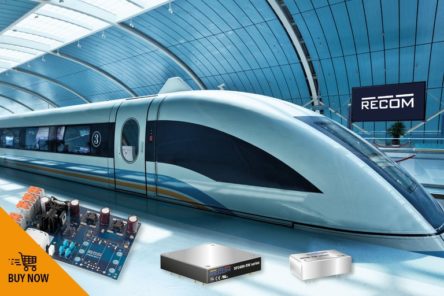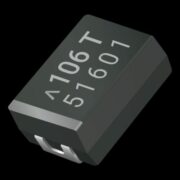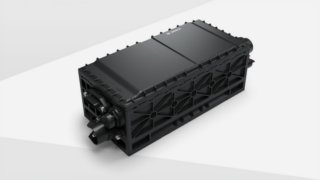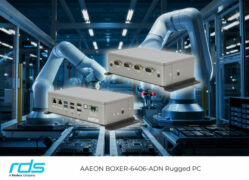In the complex international railway market, efficient utilisation of rolling stock is key. Sensing and reporting on asset condition, status and position enables ‘smart’ decisions to be made improving rolling stock availability and lowering costs. However, multiple sensors and transmitters need power supplies which must be low cost, easily integrated and compliant with railway electrical and environmental specifications to enable existing rolling stock to be economically upgraded. This article describes the implementation of such DC/DC converters in typical railway sensing applications and introduces an off-the-shelf range which holds the necessary certifications.
Rail networks worldwide are expanding, predicted to reach 1.38 million route-kilometers round the world by 2020 with a market value of 180 billion euros [1]. Particular growth areas are in the Asia-Pacific region with both China and India investing heavily in railway infrastructure. Drivers for growth are the increase in affluence and mobility in emerging economies, rail-tourism and the push for more sustainable and environmentally-friendly transportation than road traffic. The current track network is rapidly becoming over-congested and older rolling stock is being pressed into service to meet the demand, with any failures leading to delays, network interruptions, or even catastrophic derailments. Many new lines are being developed and new rolling stock being ordered, but planning delays, troubles raising the necessary financing and cost overruns make expanding the existing rail network difficult.
Asset utilisation efficiency is key
A way to improve network capacity is to maximize utilisation efficiency of new and legacy stock by making it ‘smart’. This includes better tracking of the position of active and idle stock, so traffic density can be increased, and also incorporation of sensors to monitor the operational condition of the assets. Remote Condition Monitoring (RCM) is the technique for collecting data, and Condition Based Maintenance (CBM) is the process of analysing data to predict when maintenance or repair is necessary. These two techniques enhance reliability, improve availability and save costs by scheduling necessary repairs and avoiding unnecessary preventative maintenance.
‘Condition monitoring’ includes simple status information such as distance travelled and carriage occupancy rates which can be used for further passenger analysis and efficiency savings. The idea fits in with the wider trend towards the Internet of Things (IoT) – a report by Cisco [2] suggests that in the next 12 years, the rail sector will spend around $30 billion on IoT.











